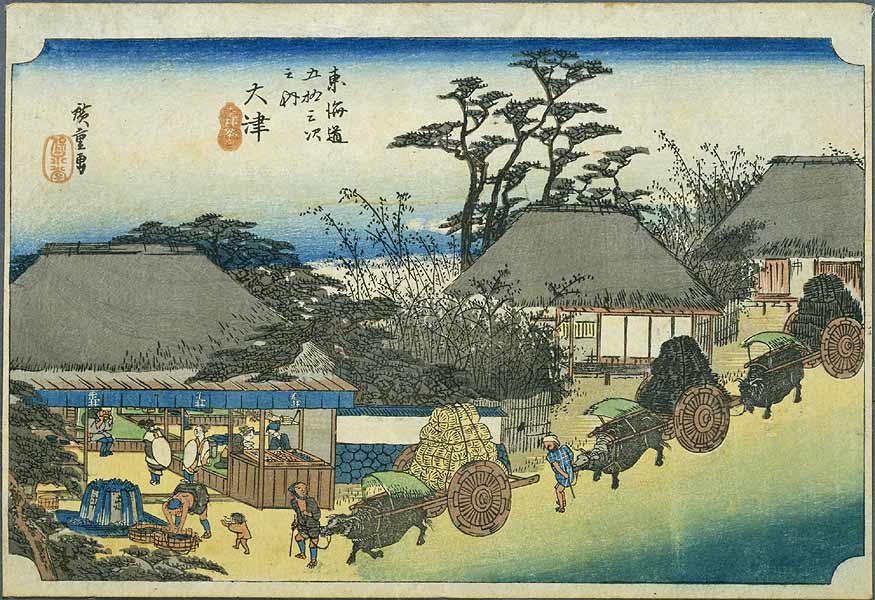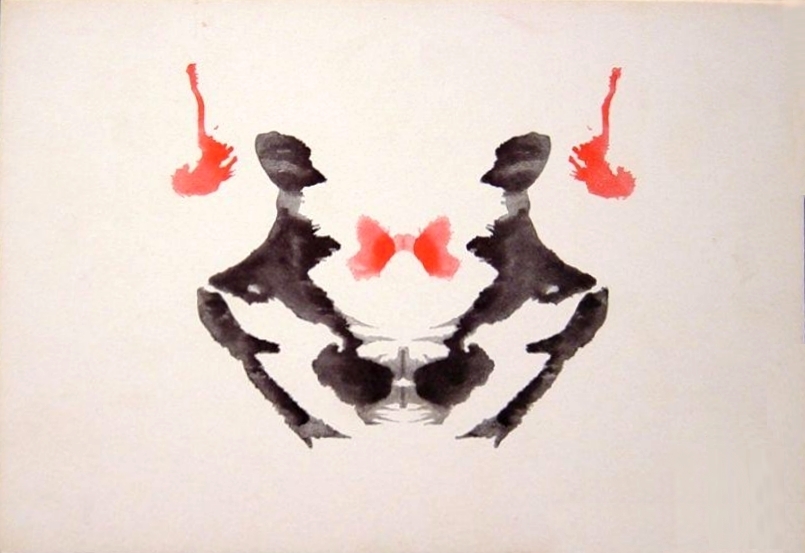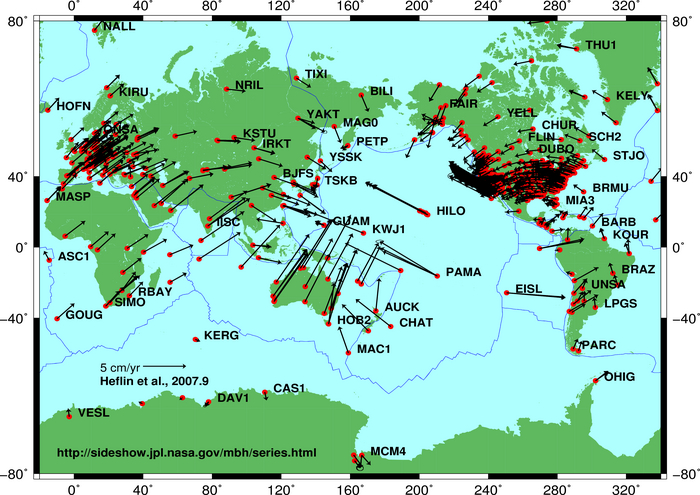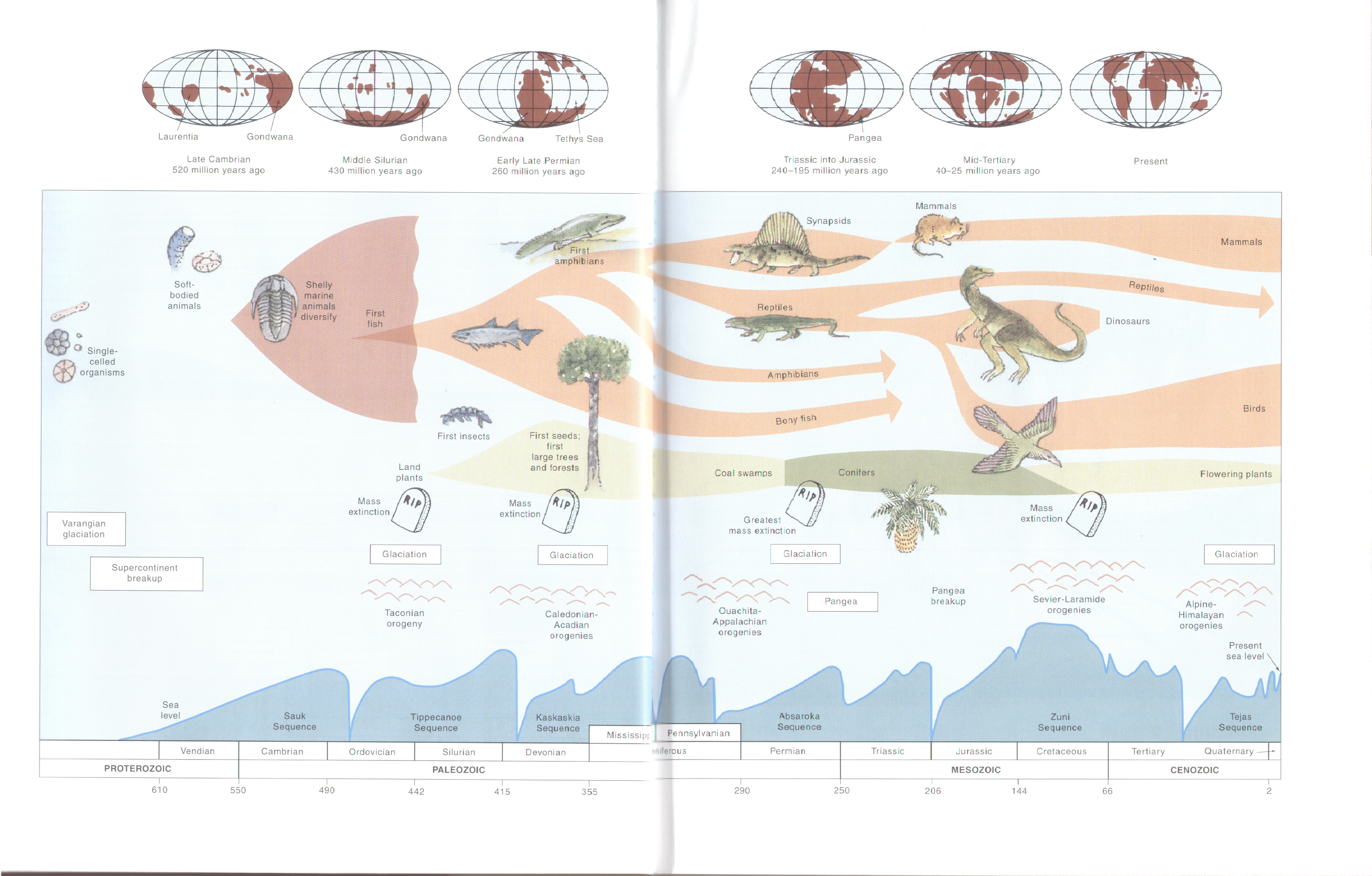My interest in the "Eight views of Omi” is from a personal attachment to the people of Shiga, formerly known as Omi, Japan. I married into this wor(l)d two years ago this April, and have had a deep desire to investigate and understand my wife’s and new family’s culture and background in a direct and immersed way, assuming a state of alterity on different levels. It is a means to understand myself through others that had recently become close to me. I have met my wife’s parents and sister on three separate occasions in the past five years two of which were for short periods of time in Japan. They were open and generous, more than I thought my reception with them would ever be. Their attitudes determined me to become a better person for their sake and my own family’s and I’m sure its something that I’ll have to keep at for a while. During both visits I became drawn to, what seemed to me, extremes in the landscape. I felt childlike with everything glowing and shinning.
Shiga prefecture is mainly water and mountains with strips of land sandwiched between the two. The center of the prefecture is taken up by Japan’s largest lake, Lake Biwa, and the land outside of the lake is surrounded by mountains, some of which are “dead” volcanoes that still lend their heat to the many hot springs in the area. It’s quite a different experience than what I was used to growing up on the Piedmont of Georgia, and living in the urban clutter of Philadelphia.
Before teaching art, my wife taught college level Japanese for a couple of years while she was in graduate school for Fiber Arts. So, I’ve been studying her old text books and along with her corrections learning to speak Japanese. I am lucky for her patience and try not to tax her.
As an autodidact of history and science I have always been interested in connections, in relationships between events, concerning myself with manifestations and transformation of energy. As an artist I am interested in energy on both the metaphysical and physical planes; interpersonal relationships, communication, seismic events, cosmic collisions are all well within my interest and compete for my attention to their threads of connectivity. I suppose the psychology of how we perceive different types of energy is a close description of where my mind treads.
I had been searching and thinking for some time about how I could use my skills and find a way to investigate those interests within my wife’s culture. In the past I worked on a project that involved the 36 views of Mt. Fuji, by Hokusai, trying to trace the influence of Macedonia upon Japanese art and Japanese art upon the European and American arts as their influence went back into Japan and in turn Japan’s influence on our pop-culture. So again I started looking at Ukiyo-e and Hiroshige’s “53 Station’s of the Tokaido.”
The Tokaido was a trade route in Japan and the stations were resting-points or towns along the road. I started talking to my wife about it and she told me five of the stations were in the prefecture where she grew up. I searched through the titles in my book and couldn’t find "Shiga", and asked her about it, and that is when I found out Shiga used to be called Omi. From there I found the Eight Views and inspiration to revisit those sites.
 |
| Otsu, from Hiroshige's 53 Stations of the Tokaido. |
 |
| Otsu, from Hiroshige's 69 Stations of the Kisokaido. |
About that time the recent Japanese earthquake and resultant tsunami occurred. In Otsu, close to Kyoto, my wife’s parents experienced tremors above 6.0, and while it was scary no damage occurred in the area. Most buildings are built to withstand up to mid 7 scale earthquakes in Japan. My sister-in-law lives and works in Tokyo. We were concerned for her well being and kept NHK on tracking the direction of the wind and the different nuclear power stations statuses. We were relieved to learn that Tokyo was safe from radiation that it was in the immediate area of the reactors that was facing problems. People all over Japan are affected, and not only by the terrible loss of life. Japan’s economy still hasn’t recovered from the bubble it experienced in the 1990’s and I know that businesses all over the country have seen at least a 50% drop in sales and commerce. People are afraid to visit any part of Japan, mostly due to news agencies which haven’t been as responsible as they once were, now mainly looking for ways to increase revenue from commercials. Scare tactics seem to sell pharmaceuticals. I began to see how much was going to be affected by this occurrence.
I want to do more than just make a t-shirt for the "Hope of Japan." As the saying goes, "Hope is a good breakfast, but a poor supper." I want to affect things on a deeper longer lasting level. Robert Frost supposedly said, "Poetry is what is lost in translation. It is what is lost in interpretation." I aim to prove wrong this xenophobic statement. Poetry IS the translation, it IS the interpretation. The way in which we choose to view the world, is the poetry we understand. Francis Bacon espoused that anything can mean anything. Immersing myself into the landscape and culture I can translate to an audience what is veiled within mass pop-culture. The audience in return will interpret the encounters we will experience together. This will be more than a tangible artifact for my collaborators, this project will become as much a part of their life as mine. That is my hope. Now lets set the dinner table with something else.
There have been many catastrophic and extreme geological events in humanities history. The Toba super-eruption may have left only 3,000-10,000 humans alive on the planet. In recent historical memory, Krakatoa (less than fifty years after the publication of Hiroshige’s Eight Views of Omi) erupted in the loudest explosion ever recorded.
 |
| 1883 explosion of Krakatoa. |
Geology has affected us in so many ways from clearing out genetic evolutionary possibilities, guiding new genetic combinations, the distribution and form of language and wealth, sports, computers, I may as well start at the letter A in the dictionary and work by way to Z. Now as we become more populous we have started to affect the geological processes. Individually on small scales perhaps, but small things can lead to big differences on what we think of as geological time scales. Geological events can also happen more quickly than we usually imagine them to. Stress released in an Earthquake can change a part of the world in minutes or hours. Our world is dynamic and always changing, and we are caught in the process.
Our human potential can be seen in the gyres of trash through out our oceans, smog in our cities, and radiation leaks sterilizing environments. We are changing the course of our environment. Plastic ingested by fish may kill off a large population to produce an unusual layer of sediment that changes the movement or pressure of a fault-line by thousandths of an inch, which in a million years ends up affecting the formation of a new island chain that redirects the wind patterns, affecting the climate still. This change can be seen in what scientists call "Induced Seismicity." Earthquakes up to 7.2 on the Richter Scale have been attributed to the building of reservoirs, dams, mining, and geothermal extraction. Human changes to the environment have even been attributed to the nineteenth most deadliest quake recorded in 2008. Our potential for changing our world is very real, and while I don’t think we can undo the past I believe we can look to it for inspiration and understanding.
Our human potential can be seen in the gyres of trash through out our oceans, smog in our cities, and radiation leaks sterilizing environments. We are changing the course of our environment. Plastic ingested by fish may kill off a large population to produce an unusual layer of sediment that changes the movement or pressure of a fault-line by thousandths of an inch, which in a million years ends up affecting the formation of a new island chain that redirects the wind patterns, affecting the climate still. This change can be seen in what scientists call "Induced Seismicity." Earthquakes up to 7.2 on the Richter Scale have been attributed to the building of reservoirs, dams, mining, and geothermal extraction. Human changes to the environment have even been attributed to the nineteenth most deadliest quake recorded in 2008. Our potential for changing our world is very real, and while I don’t think we can undo the past I believe we can look to it for inspiration and understanding.
 | |
| Simply because it is the largest in the world, the "The Three Gorges Dam" is a prime example. |
 |
| Vajont Dam in Italy |
It is hard to imagine such large timescales as a million years or even yet care about things that far in the future. Much of what we know becomes ephemeral at that scale. Many structures in Japan have been preserved for almost one thousand years. Festivals and traditions have been kept for over twelve hundred years in some areas. The Eight Views of Omi as printed by Hiroshige are now well over 150 years old. We can understand that timescale a bit better I think. We can evaluate change from then until now, and at least look forward into the future the same amount of time. Things are going to change. We only have now, and with drawings, paintings, and prints I can take a fragment of it and try to share. I can use geology and time as a bridge between cultures and for new relationships, further increasing our human potential and understanding.
 |
| Statue of Komukuten, in Nara Japan. With his brush and prayer scroll, he overcomes ignorance, evil, and all obstacles. |
I believe that by simply traveling to Japan we can make an impact on the economy there. By me buying goods, most of which are manufactured there, or from here in the U.S., we will be changing an economic landscape. By producing and bringing artwork back to the U.S. of my own and of the region we will be affecting a larger economic and cultural vista. The affect will be deep and embedded like a grain of a dream in the shell of consciousness, a future pearl. By living with the people and deepening my understanding of their language I may be able to express to you their world in their terms and they may glimpse you through me. I do not view this project as a “first aid” to save lives, although it may. One never knows. This is meant as an appreciation of our time, of people and landscapes hidden by the horizon. By sending me to Japan you will change the course of our histories. What else is history but the future telling of now?









No comments:
Post a Comment